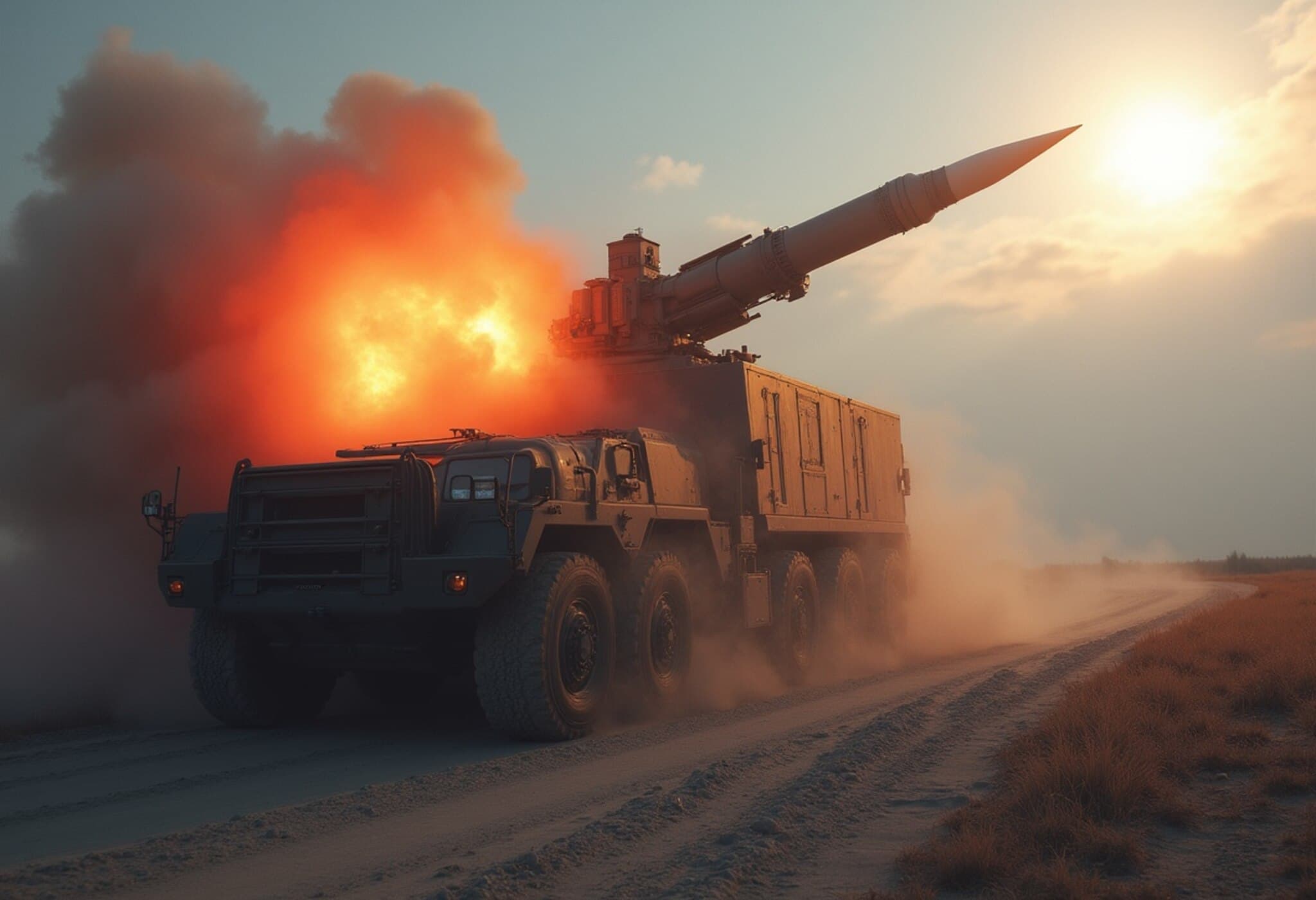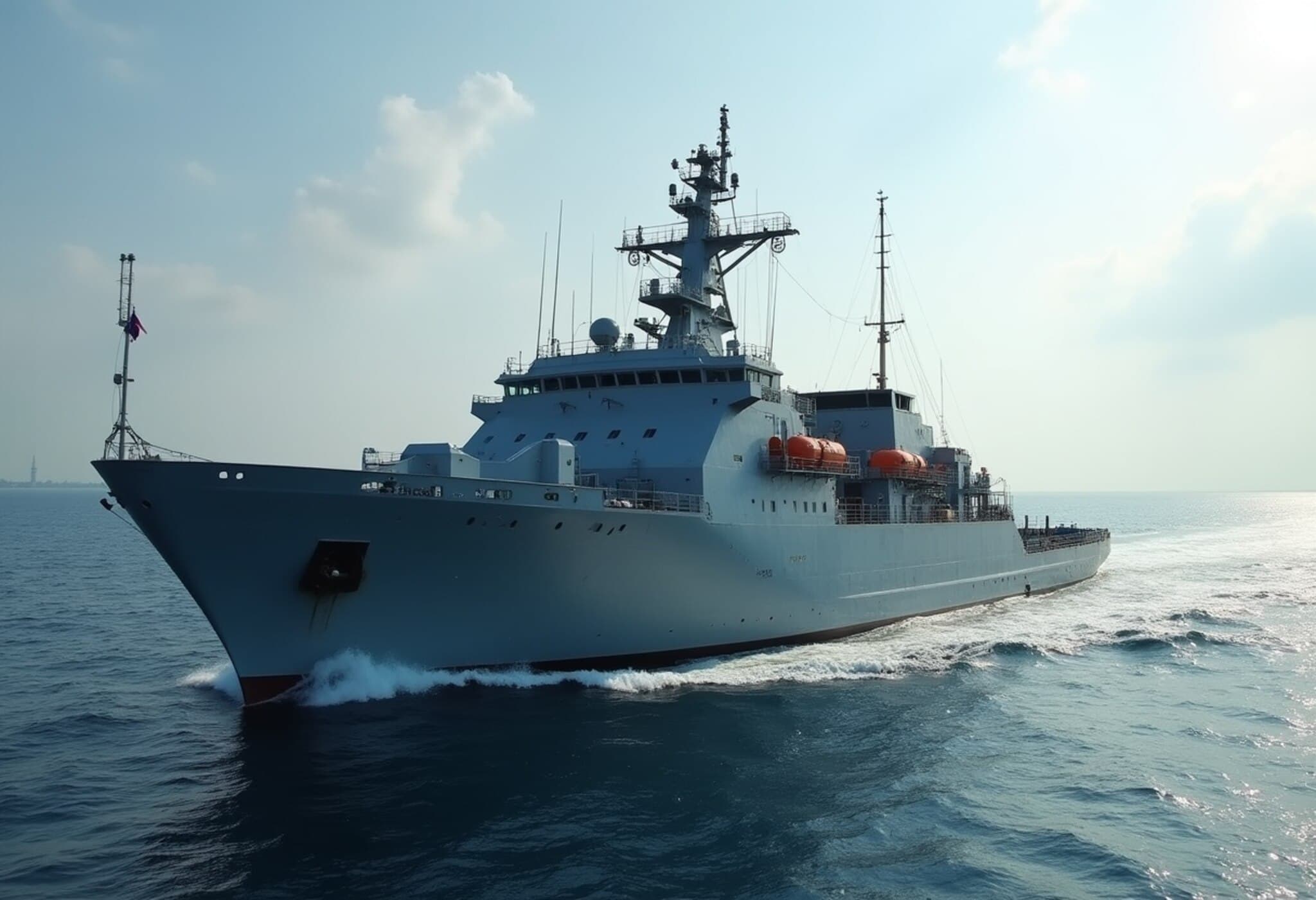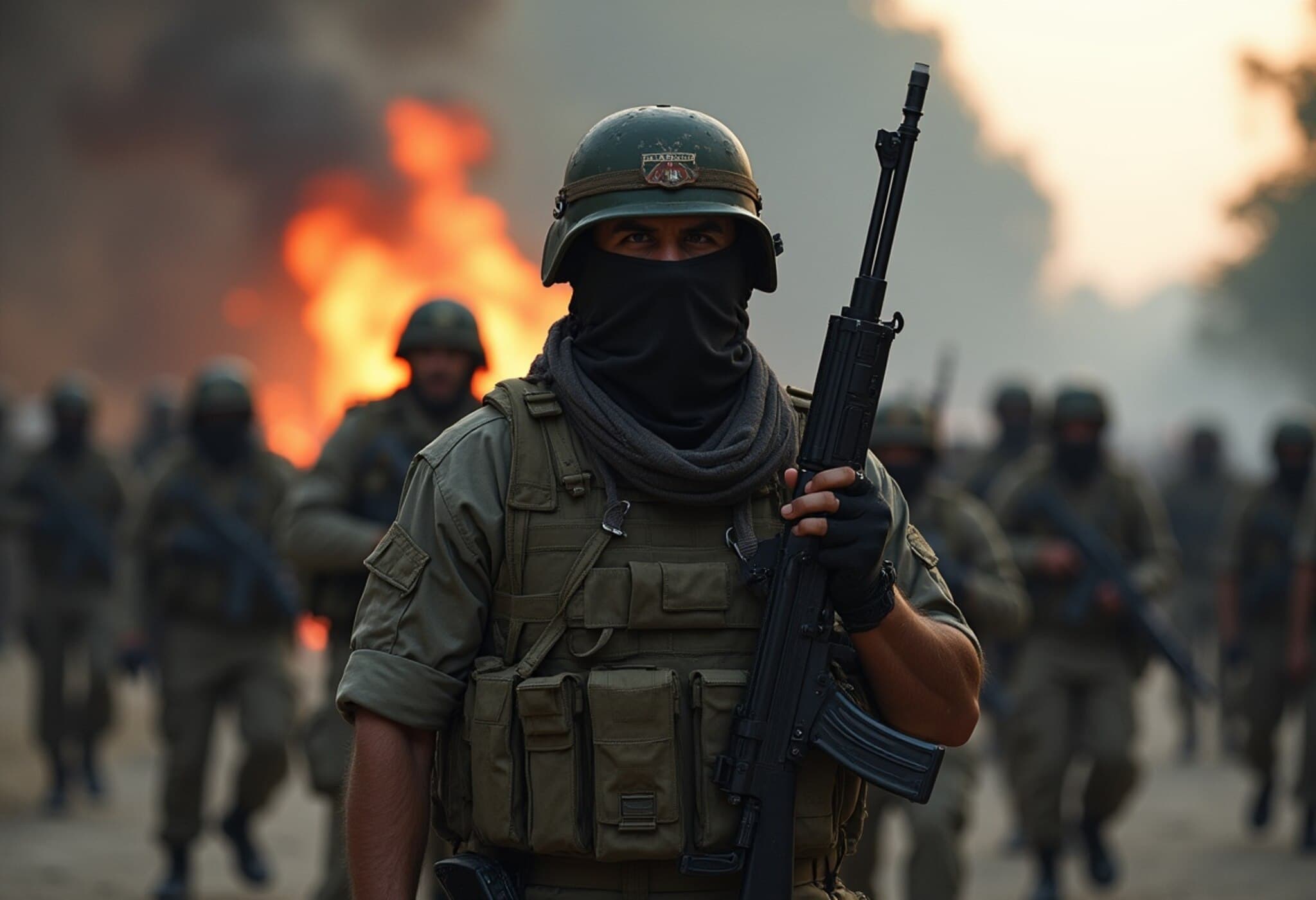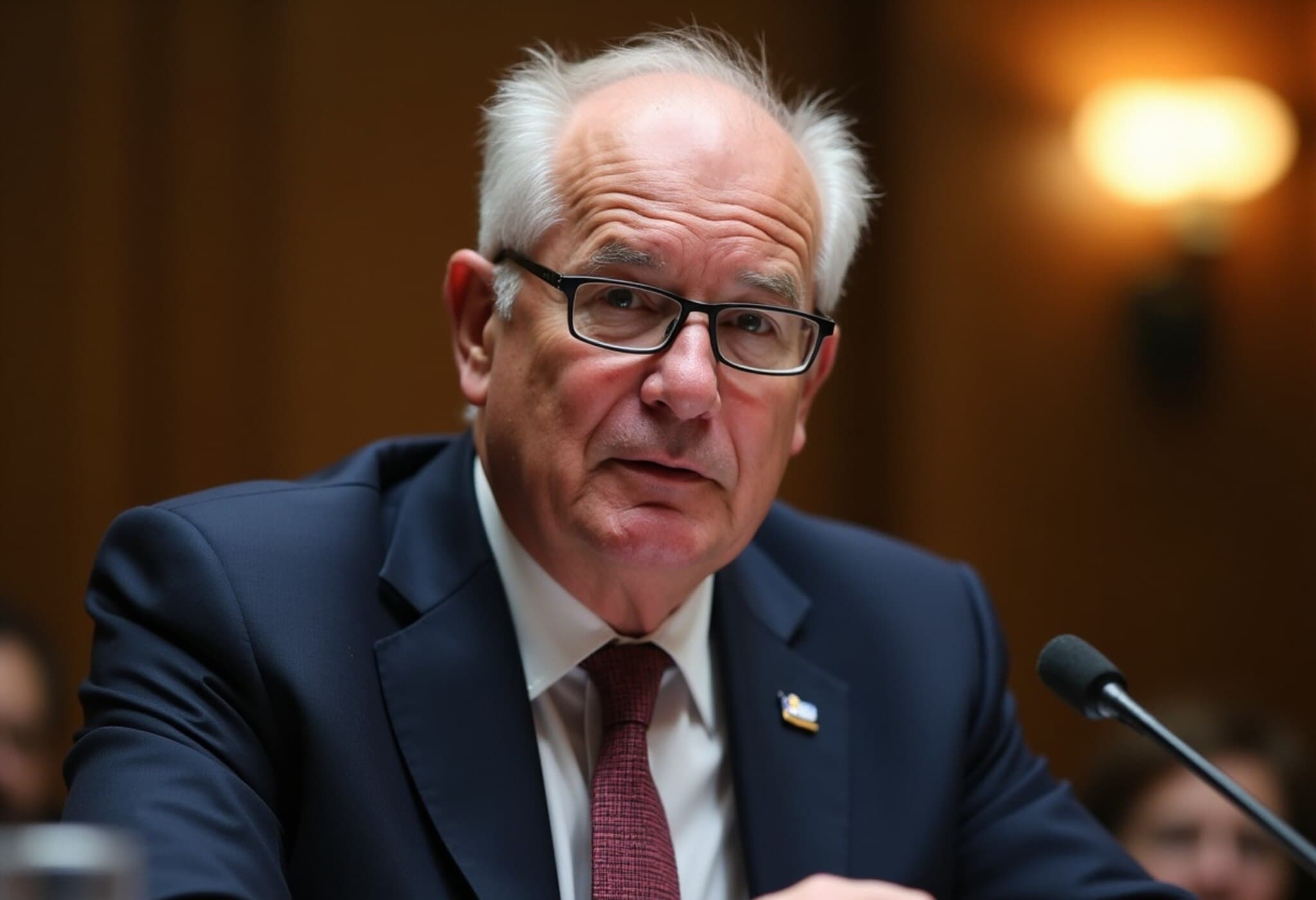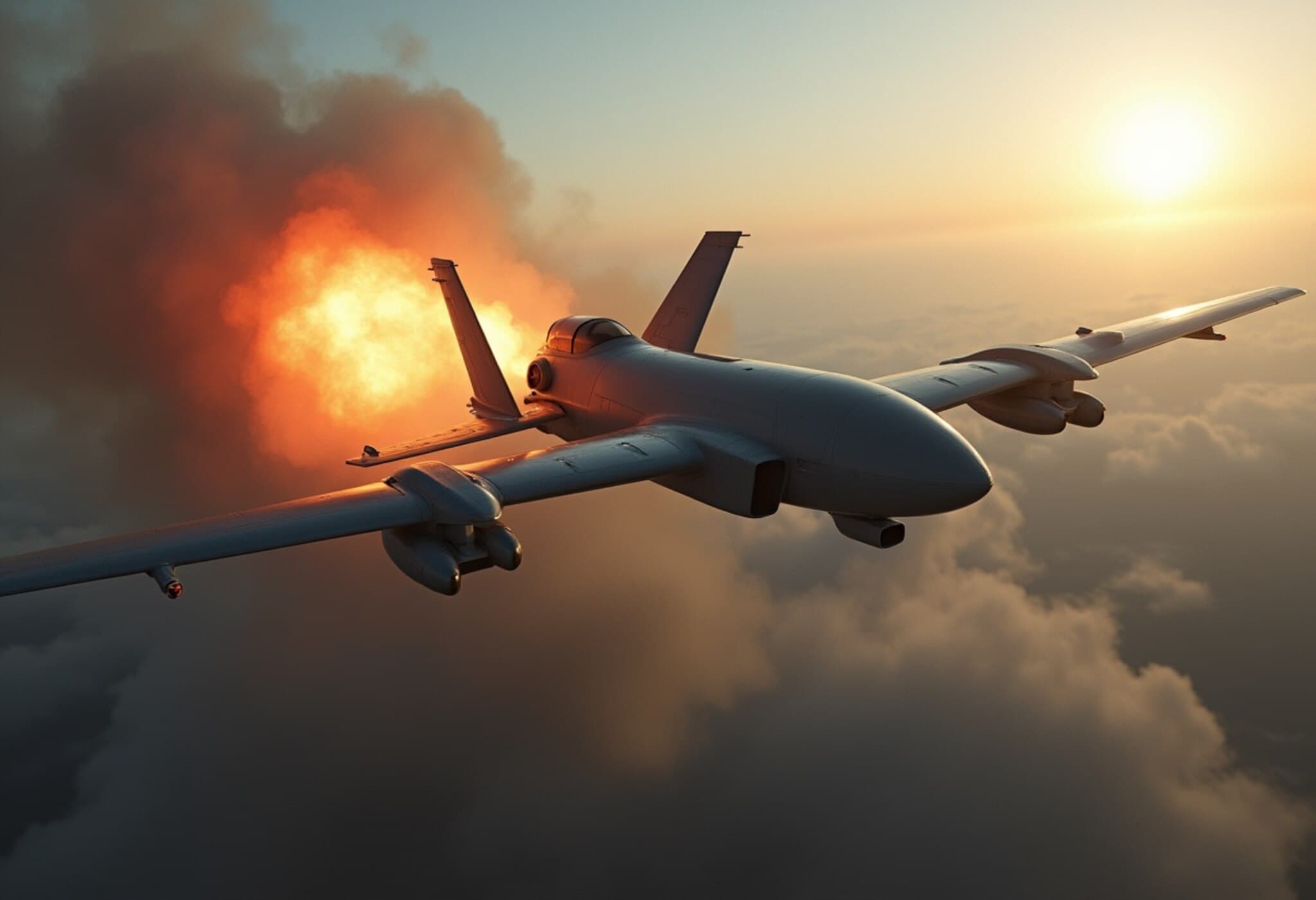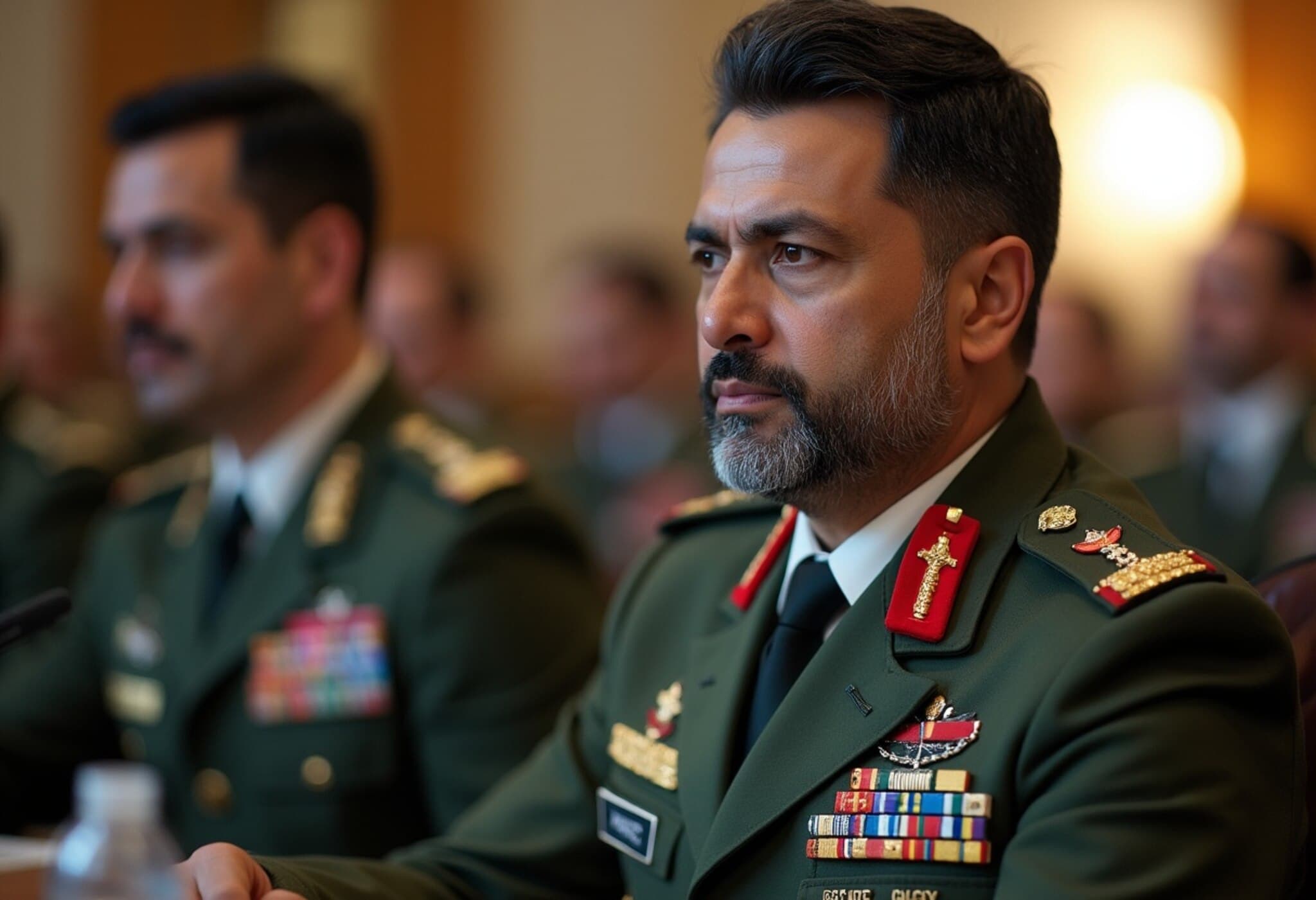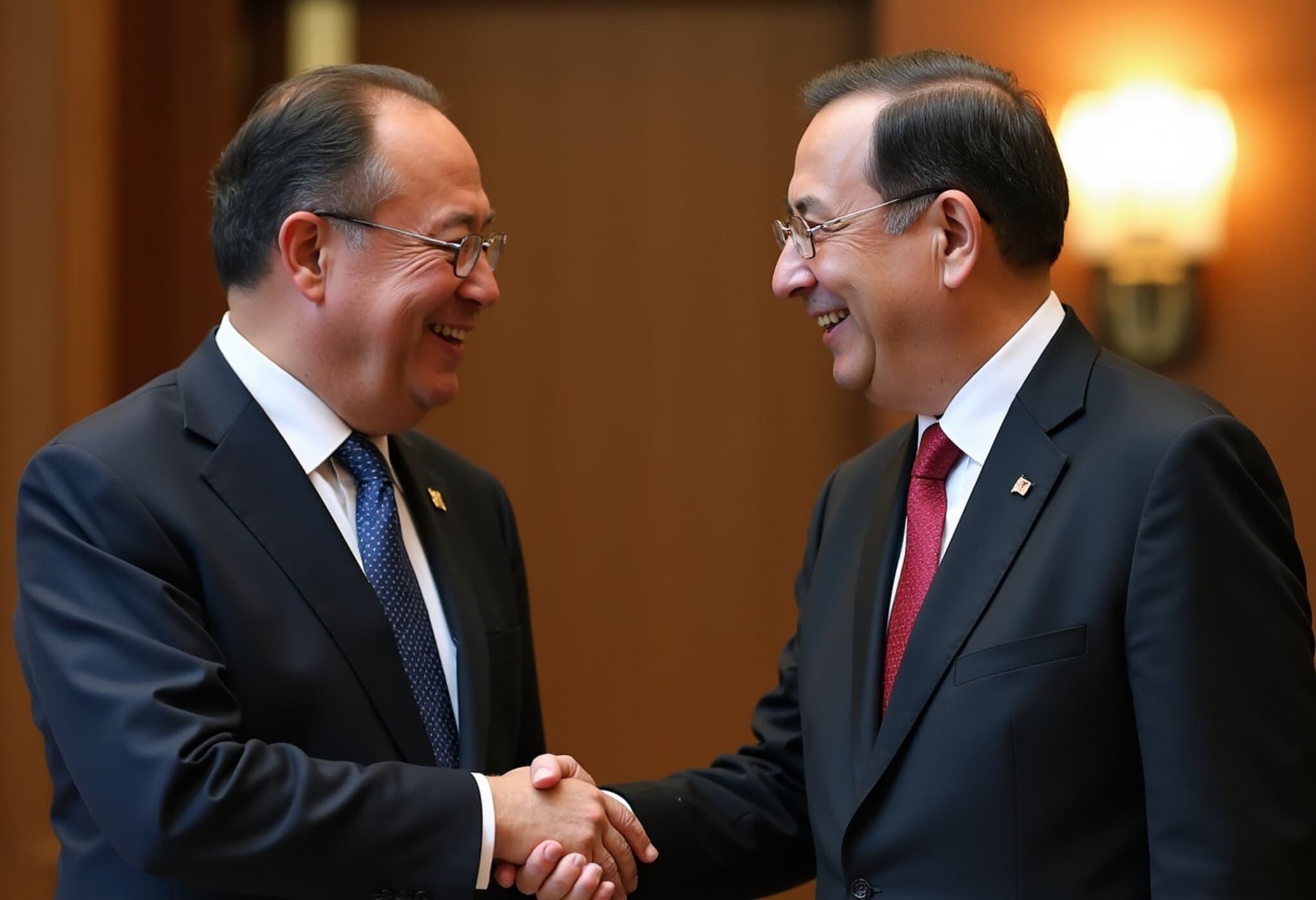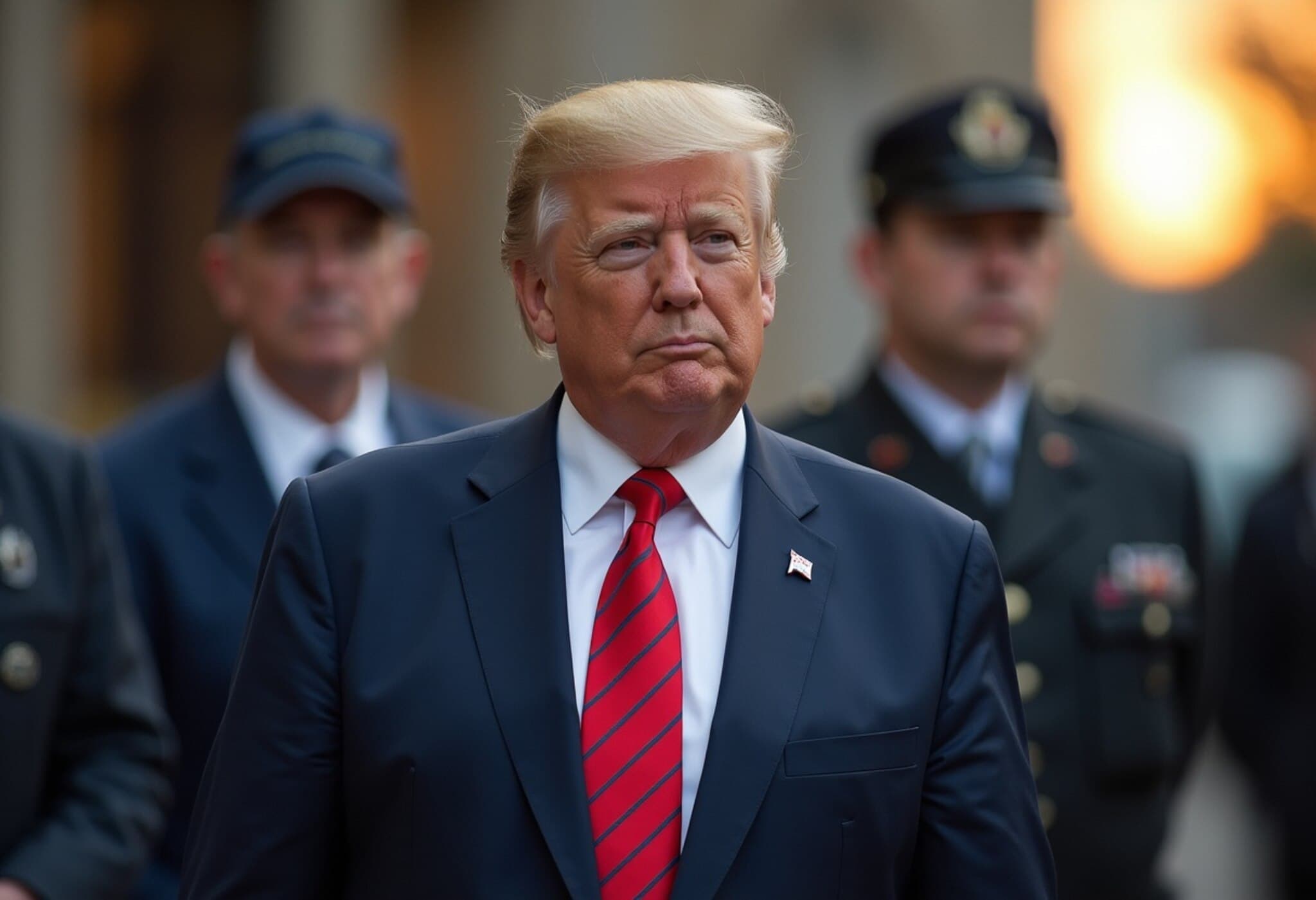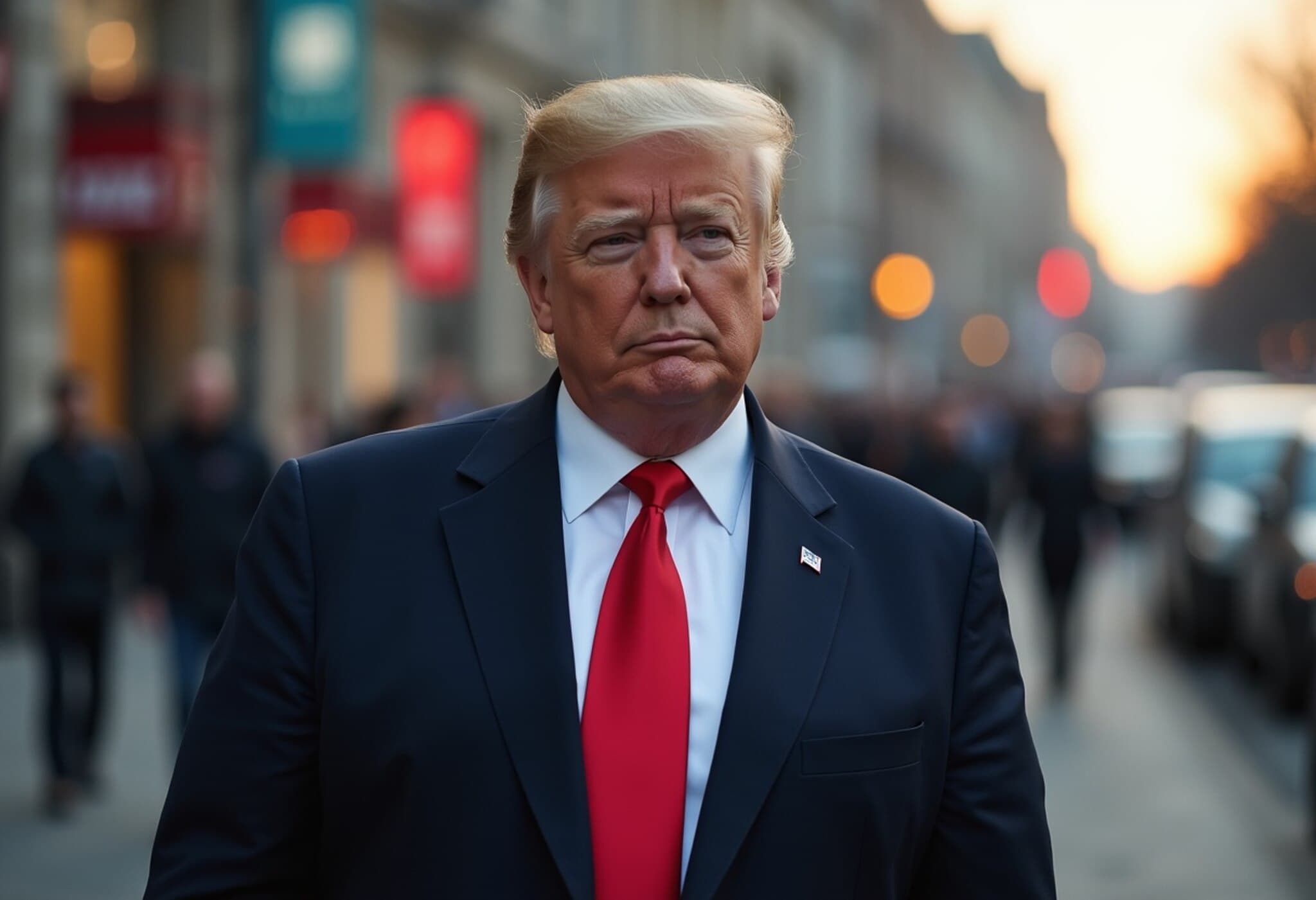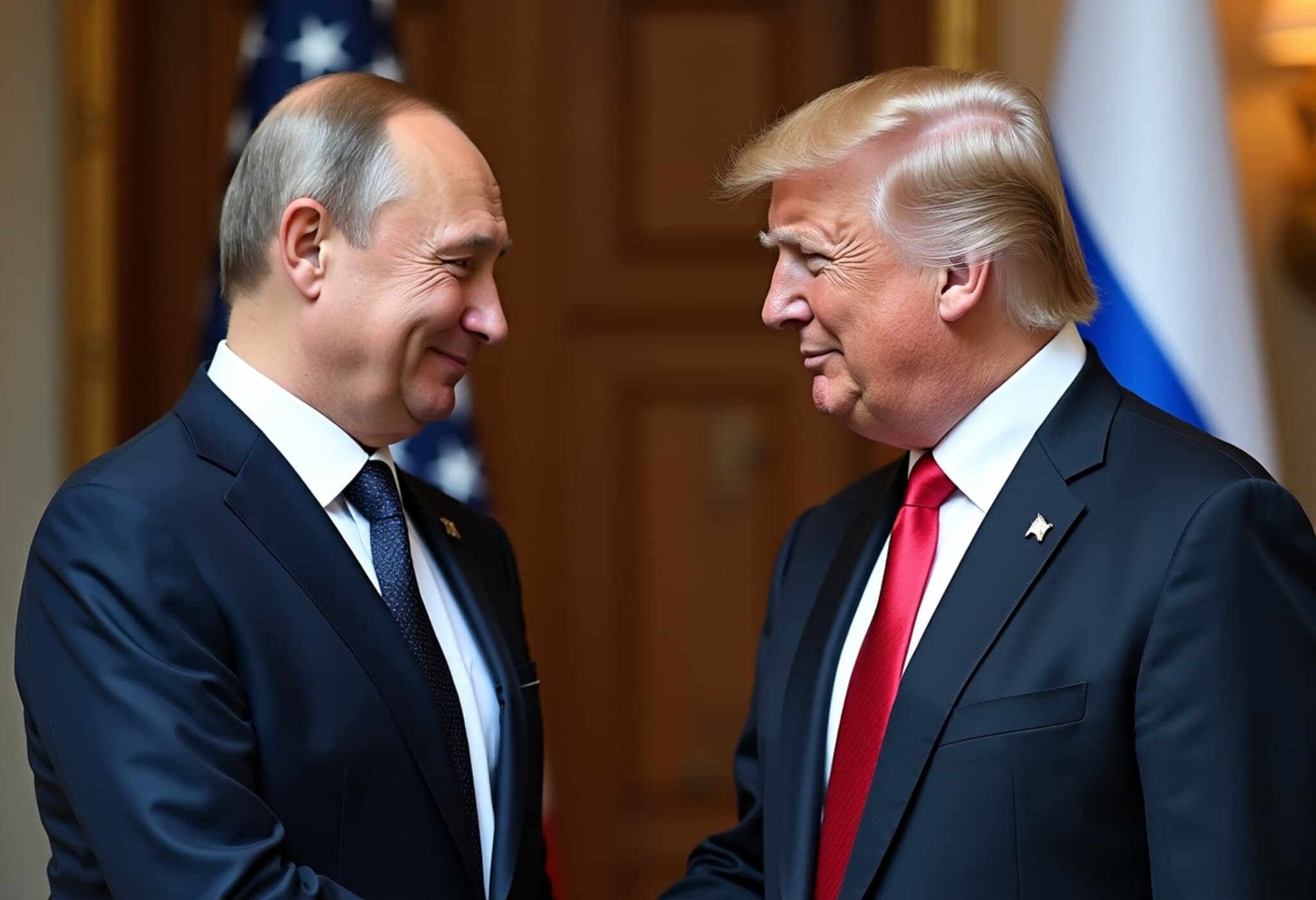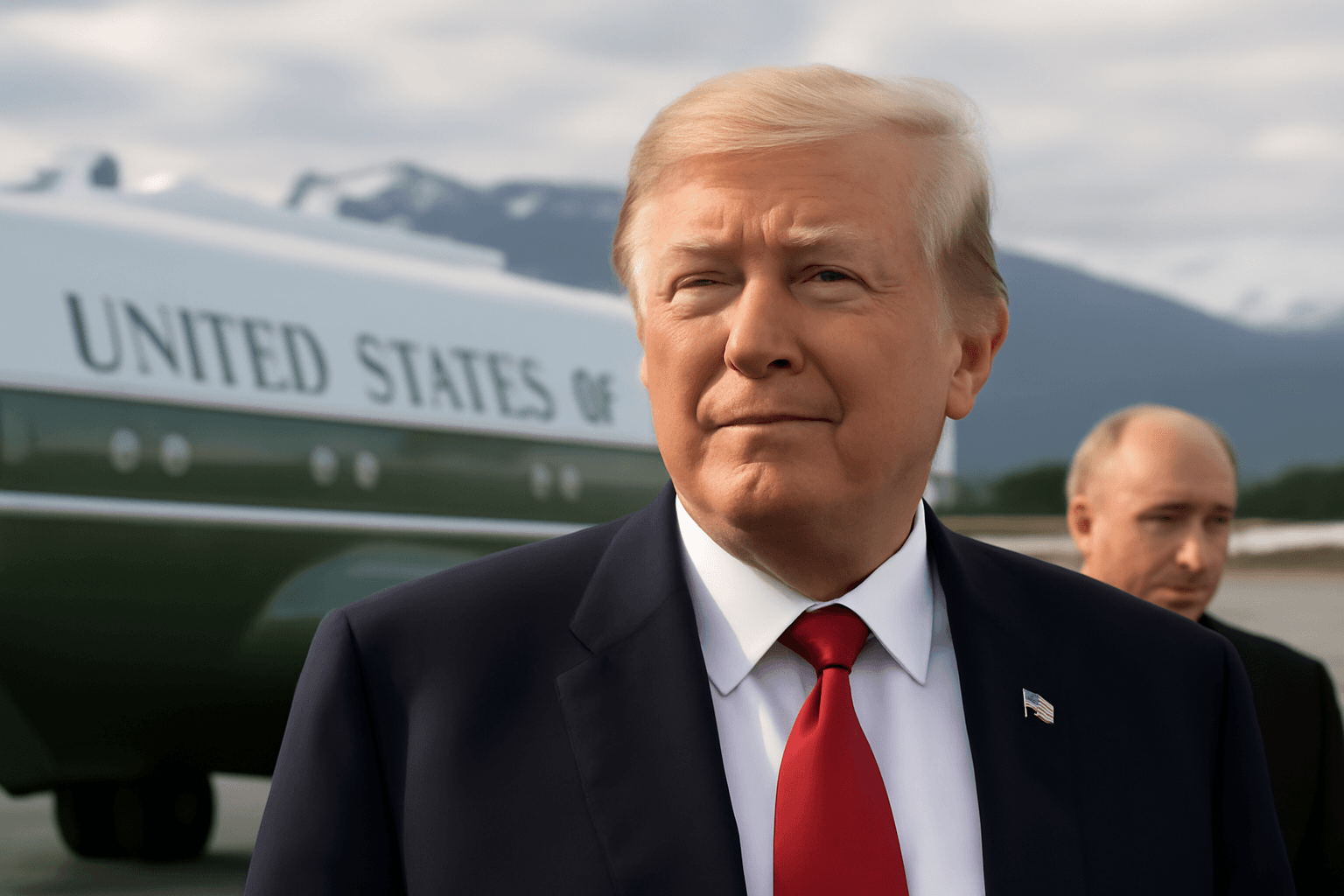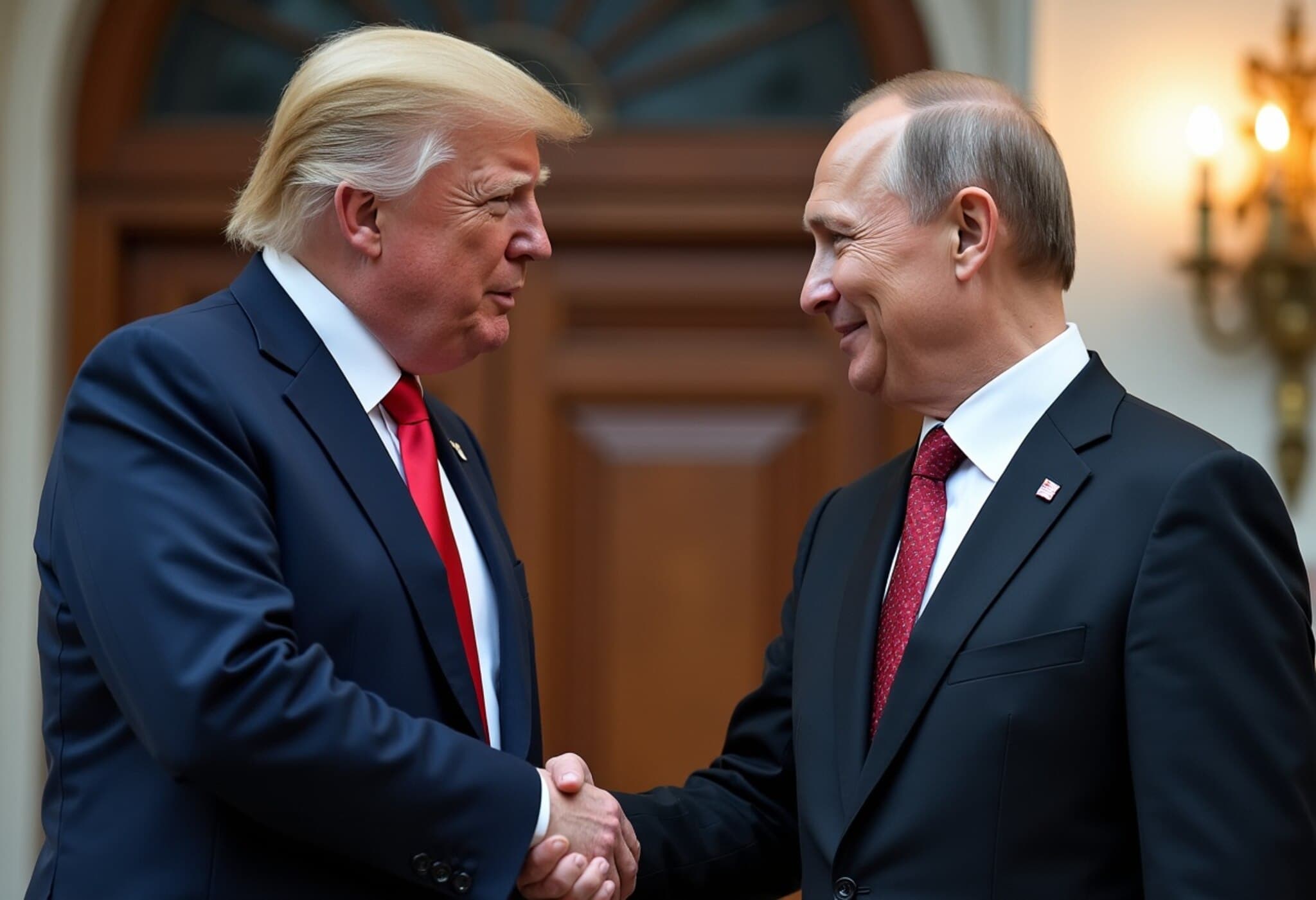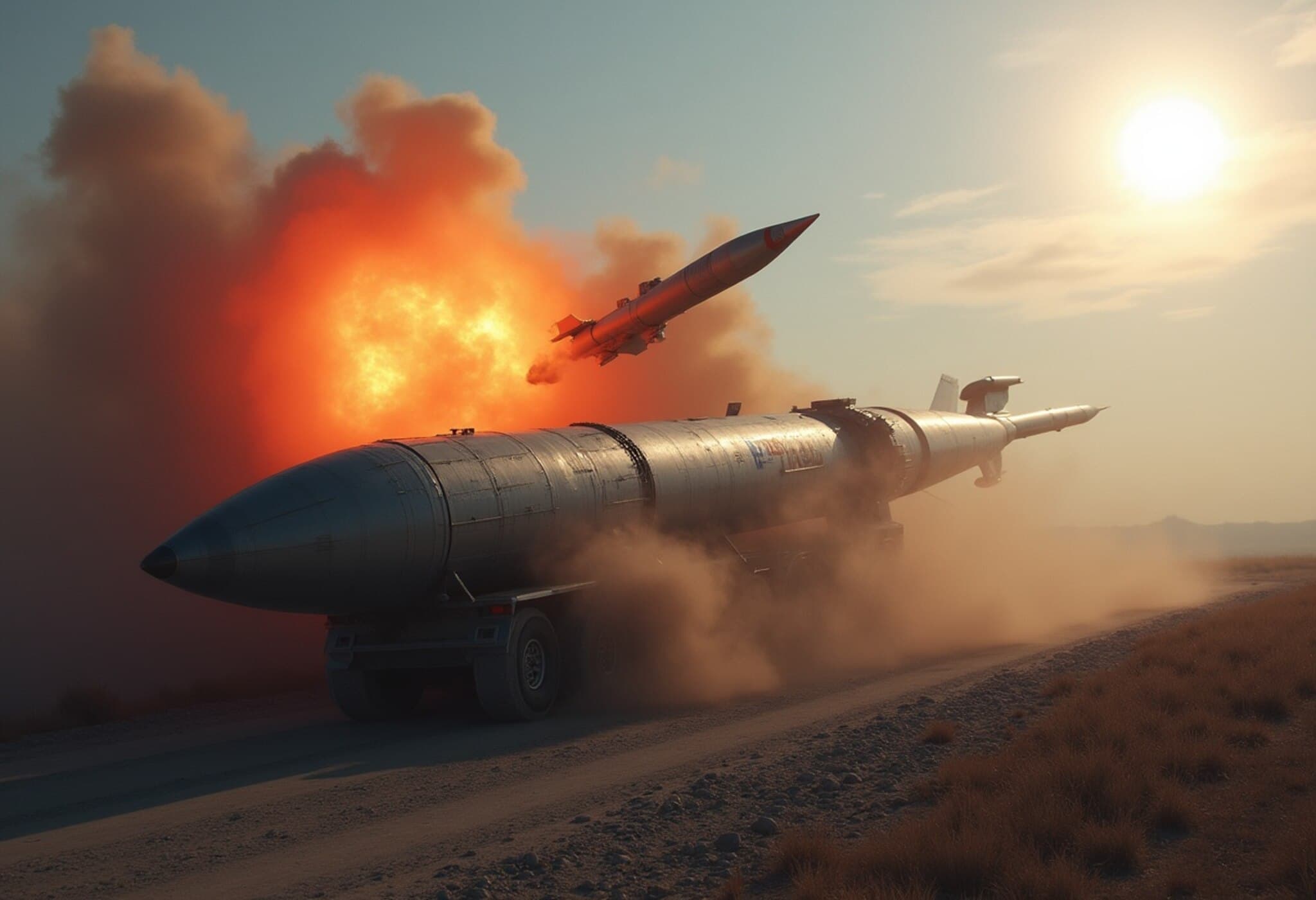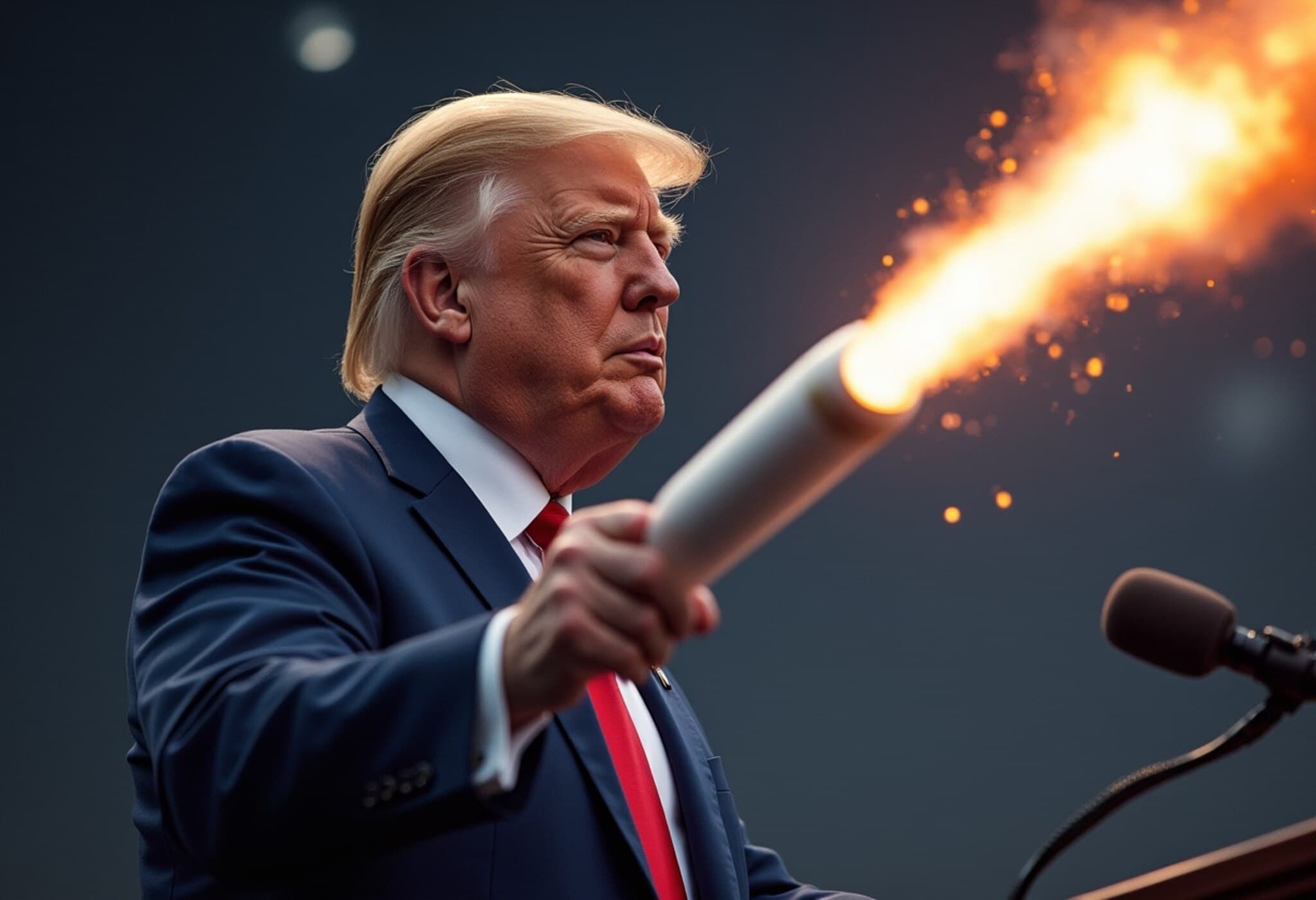Putin’s Nuclear Missile Test: A High-Stakes Gesture Before Alaska Summit
As US-Russia tensions simmer ahead of a pivotal summit in Alaska between Russian President Vladimir Putin and then-US President Donald Trump, Moscow appears ready to showcase its military might with a highly provocative move: the test launch of the Burevestnik — a nuclear-powered, nuclear-armed missile designed to strike deeply into enemy defenses, including America’s ambitious ‘Golden Dome’ project.
What Is the Burevestnik Missile?
The Burevestnik missile represents a next-generation strategic weapon that defies conventional detection and defense. Equipped with a nuclear propulsion system, it boasts near-unlimited range and can hover or circle targets indefinitely. Designed to fly at extremely low altitudes along unpredictable flight paths, the missile deftly evades established radar systems.
Chiefly, it has been developed as a response to advanced Western air defense systems, including the United States’ ‘Golden Dome’ — a planned multi-layered shield aimed at protecting US territories from missile threats.
Signs of an Imminent Test Launch
Satellite images captured over recent weeks reveal a significant buildup at the Pankovo test site on Novaya Zemlya, a remote archipelago in the Barents Sea. Analysts and Western security sources monitoring the site reported:
- Increased personnel and heavy equipment arriving since late July;
- Deployment of specialized aircraft at the Rogachevo military airfield used to collect telemetry and test data;
- Multiple naval vessels associated with previous missile trials operating in the vicinity, including an incoming ship expected to join the flotilla;
- Large stockpiles of shipping containers and supplies indicating preparations for a major operation.
Jeffrey Lewis, a missile expert at the Middlebury Institute, emphasized the scale of activity, noting that the visible logistical effort strongly signals a pending missile test. He added that the test could occur imminently, potentially overshadowing diplomatic efforts at the Alaska meeting.
Strategic and Political Implications
Whether the Burevestnik test proceeds or not, the very act of such a display carries profound diplomatic weight. It underscores Russia’s messaging posture ahead of the summit — signaling defiance against US pressure to de-escalate and a commitment to retaining strategic parity through advanced weapons development.
From an American policy viewpoint, the Burevestnik’s attributes raise critical concerns:
- Proliferation Risks: The nuclear-powered nature of the missile heightens environmental and safety dangers during testing and potential accidents.
- Strategic Stability: Its near-undetectable flight profile undermines existing early-warning systems, complicating defense planning.
- Arms Control Challenges: Such novel weaponry stretches the boundaries of existing treaties, calling for new frameworks to address emerging technologies.
Looking Ahead: What Should Observers Watch For?
The unfolding developments demand close international attention, particularly from policymakers and security analysts focused on US-Russia relations and nuclear arms control. Key questions include:
- Will Russia proceed with the missile test ahead of the Alaska summit?
- How might this impact diplomatic negotiations and the broader trajectory of nuclear arms competition?
- What policies can the US and its allies adopt to mitigate emerging nuclear weapon threats while preserving strategic deterrence?
In an era where technology races ahead, the human dimension — diplomacy, dialogue, and mutual understanding — remains crucial to ensuring global security.
Editor’s Note:
The Burevestnik missile test signals a critical moment in US-Russia relations, blending cutting-edge military technology with high-stakes diplomacy. Beyond the eye-catching imagery of missile launches and satellite snapshots lies a more profound challenge: balancing national security interests with the urgent need to prevent escalation and foster arms control. As the world watches the Alaska summit, it’s imperative to recognize that true strength also lies in dialogue and trust-building — rather than mere demonstrations of might.

